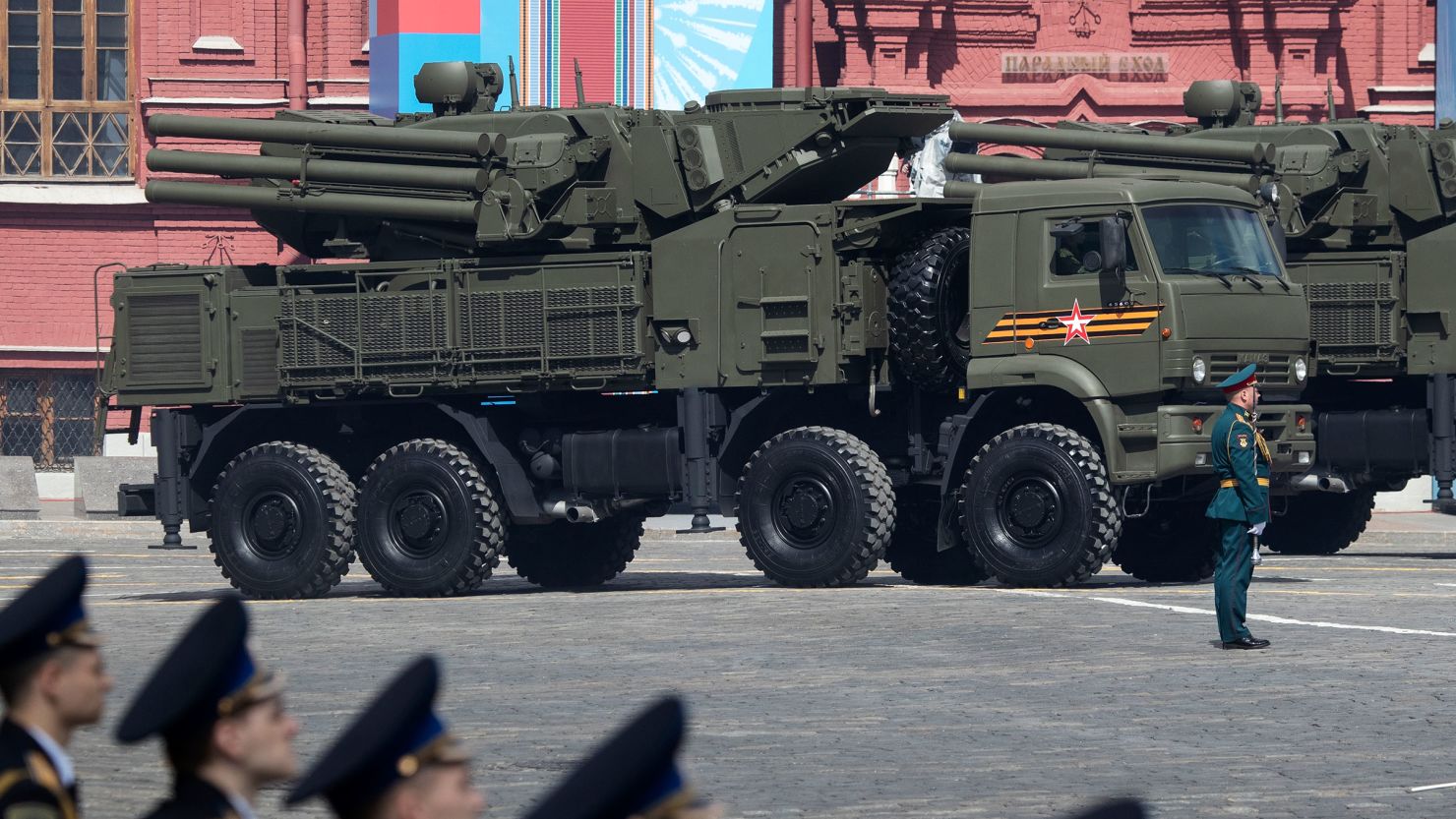The US has intelligence that Syrian President Bashar al-Assad has agreed to provide the Lebanese militant group Hezbollah with a Russian-made missile defense system, according to two people familiar with the intelligence.
The Russian mercenary organization Wagner Group, which operates in Syria, has been tasked with carrying out the delivery of the surface-to-air SA-22 missile system, the people said. It is not clear whether it has already been delivered or how close it is to delivery. The system was originally provided by Russia for use by the Syrian government, the sources said.
One of the sources said the US has been monitoring recent movement of the system, which is also known as a Pantsir. The other source said the US assessment was based partly on intelligence obtained about discussions among Assad, Wagner, and Hezbollah about the delivery of the system.
The Wall Street Journal previously reported that Wagner may provide the system to Hezbollah. Assad’s role has not been previously reported.
Wagner and Hezbollah fighters have both operated in Syria for years, where they have been working alongside Russian and Syrian armed forces to bolster the Assad regime against the Syrian opposition. Hezbollah began to pull its fighters out in recent years, but the group is also backed by Iran, which is a close Assad ally. A third source familiar with western intelligence said there was evidence of increasing collaboration between Hezbollah and Wagner in Syria.
The possibility that Hezbollah could soon have a new air defense system comes amid concerns that the militants are considering opening a new front in Israel’s war on Hamas, on Israel’s northern border with Lebanon. The US has repeatedly warned Hezbollah and other Iran-backed groups to stay out of the conflict and has positioned aircraft carriers and troops in the region to try to deter against a potential escalation.
Israel has also targeted these missile systems inside of Syria before, as part of broader Israeli attacks on Iranian military sites in the country.
It is not clear how much influence Russia had over the decision to provide the system to Hezbollah. Since the death of Wagner leader Yevgeny Prigozhin in August, the Kremlin has made some attempts to absorb Wagner mercenaries and the group’s assets. But as of late September, the US had not seen a decisive shift in terms of the Kremlin taking full ownership over the fighters, CNN previously reported.
Russia did, however, host Hamas leaders in Moscow earlier this month, sparking outrage by the Israeli government.
The US intelligence community believes – for now – that Iran and its proxies are calibrating their response to Israel’s military intervention in Gaza to avoid direct conflict with Israel or the US, while still exacting costs on its adversaries, CNN reported on Thursday.
But Iran does not maintain perfect control of its umbrella of proxy groups, officials say, in particular over Hezbollah. Hezbollah is an ally of Hamas, the group that attacked Israel on October 7, and has long positioned itself as fighting against Israel. US officials are deeply concerned that the group’s internal politics may cause Hezbollah to escalate simmering tensions.
Hezbollah’s leader, Hassan Nasrallah, is scheduled to give a major speech on Friday that intelligence officials will be watching closely for signals about the group’s intentions, one official said.
CNN’s Oren Liebermann contributed reporting.



